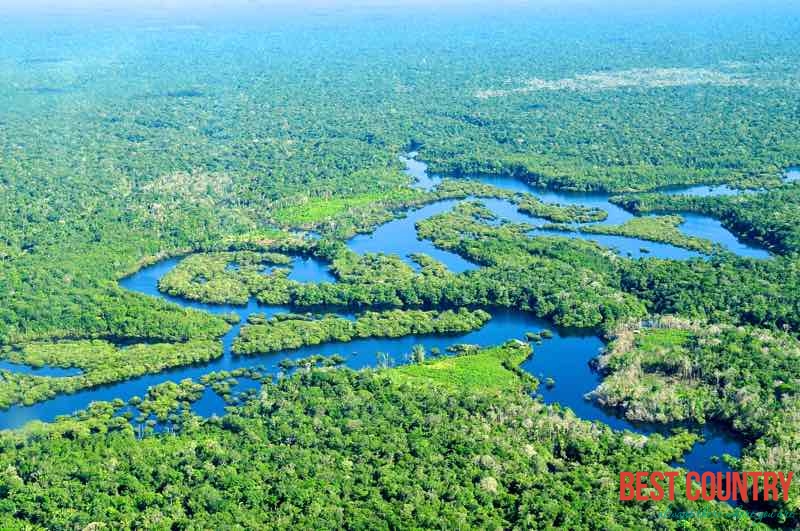Rivers and lakes in Brazil

It drains much of the Southeast, South, and Center-west. The principal river of the eastern plateau region, the Sao Francisco, flows north through the highlands in the states of Minas Gerais and Bahia before turning east and entering the Atlantic. The remainder of the country is drained by a series of smaller and shorter rivers along the Atlantic seaboard.
The Amazon is navigable to oceangoing ships as far as Iquitos, in Peru, and its major tributaries are suitable for inland navigation. Parts of the Sao Francisco and Parana are also navigable. However, except in the case of the Amazon, river transport is relatively unimportant in Brazil. The rivers are more important as sources of hydroelectricity, which Brazil depends on for economic development because the country is short of solid fuel.
Most of Brazil’s large lakes are created by dams constructed to produce hydroelectric power or to provide water for irrigation. The largest lakes are Sobradinho, on the Sao Francisco; Tucurui, on the Tocantins; Balbina, on the Amazon; and Furnas, on the Parana. The Sao Francisco is also used for irrigation, and there are a number of reservoirs in the Northeast that provide irrigation and drinking water during the dry season and drought years.